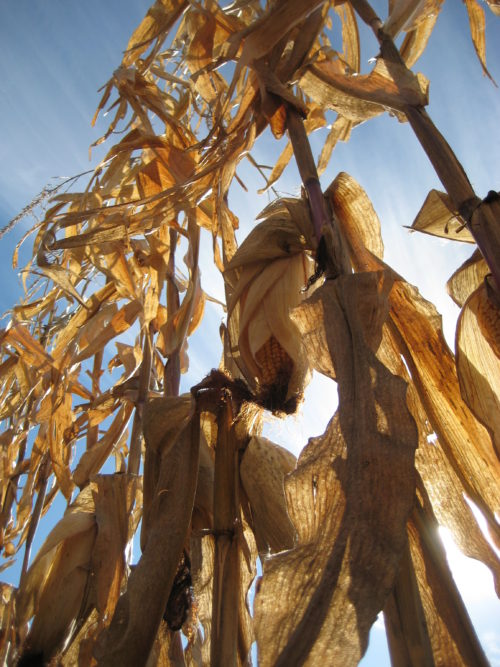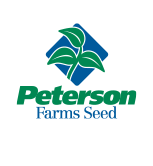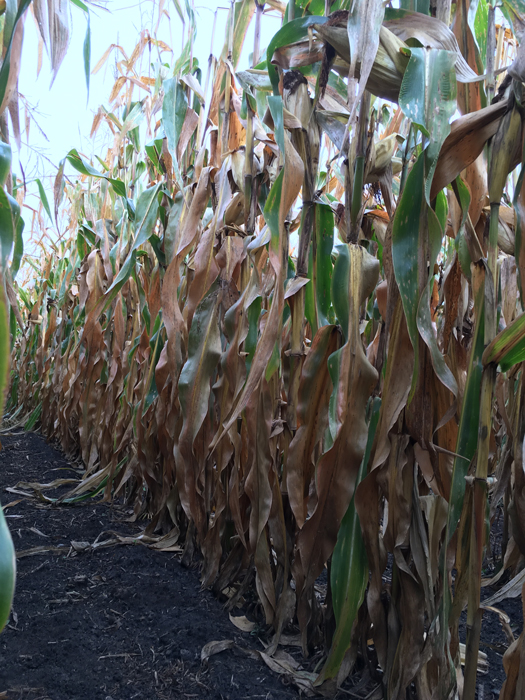Are You Earning an A+ on Your “Nitrogen Report Card”?

Fall has arrived: the smell of the air has changed and dust from a bustling soybean harvest paints the horizon. The kids are back in school and as they begin their work towards earning an “A”, your nitrogen program grade has already been written. What will your nitrogen report card tell you?
The grade I am referring to is the score you will receive after performing a Basal Stalk Nitrate Test. This test is used to determine how much nitrogen remains in the corn plant after physiological maturity. The perfect time to gather these samples is now.
A corn stalk serves as a nitrogen warehouse. If, during the ear development process, more nitrogen is required than the soil can provide, it will remobilize nitrogen from the lower stalk to the ear. Likewise, if the plant is taking up more nitrogen than the developing ear requires, it will store these excess nitrates in the lower stalk.
As is the case in many facets of crop production, the Goldilocks effect will lead to the ideal result: having just enough but not too much.
In order to take an accurate and representative sample:
1) Take samples after the corn reaches black layer, ideally 1-3 weeks after black layer is achieved.
2) For the most representative samples, do some pre-sampling scouting prior to entering the field. Use previous drone flights, soil survey maps, and vegetative index maps to fine tune where the most representative areas of the field are.
3) Cut the stalk 6” above the soil surface and then again 8” above the first cut. This 8” length of corn stalk is what will be analyzed. Take care not to contaminate it by coming into contact with the soil.
4) Gather a minimum of 10 stalks per sample.
5) Send the stalks to a lab.
Lab results can be interpreted:
A high reading of 2000+ ppm could have varying causes. While it is likely due to over-application, it could also have been caused by conditions such as drought, disease or other environmental conditions. If you applied a nitrogen hot streak in your field, this would be a great way to analyze the end of season nitrate levels in the hot streak versus the check.
When a deficiency is shown, a determination on why it is short should be made. If a suspected loss from leaching or denitrification has occurred, you may want to consider a split application or multiple in-season applications.
I would not recommend large wholesale changes to one’s nitrogen program based on one test. The test is best used over several years, in conjunction with a soil test, in order to give growers a better feel for how their nitrogen program performs across varying environments.
Even though there is nothing corrective you can do this year if your test reveals a nitrogen shortfall, using these samples each year will provide a piece of the larger, year-to-year puzzle.














